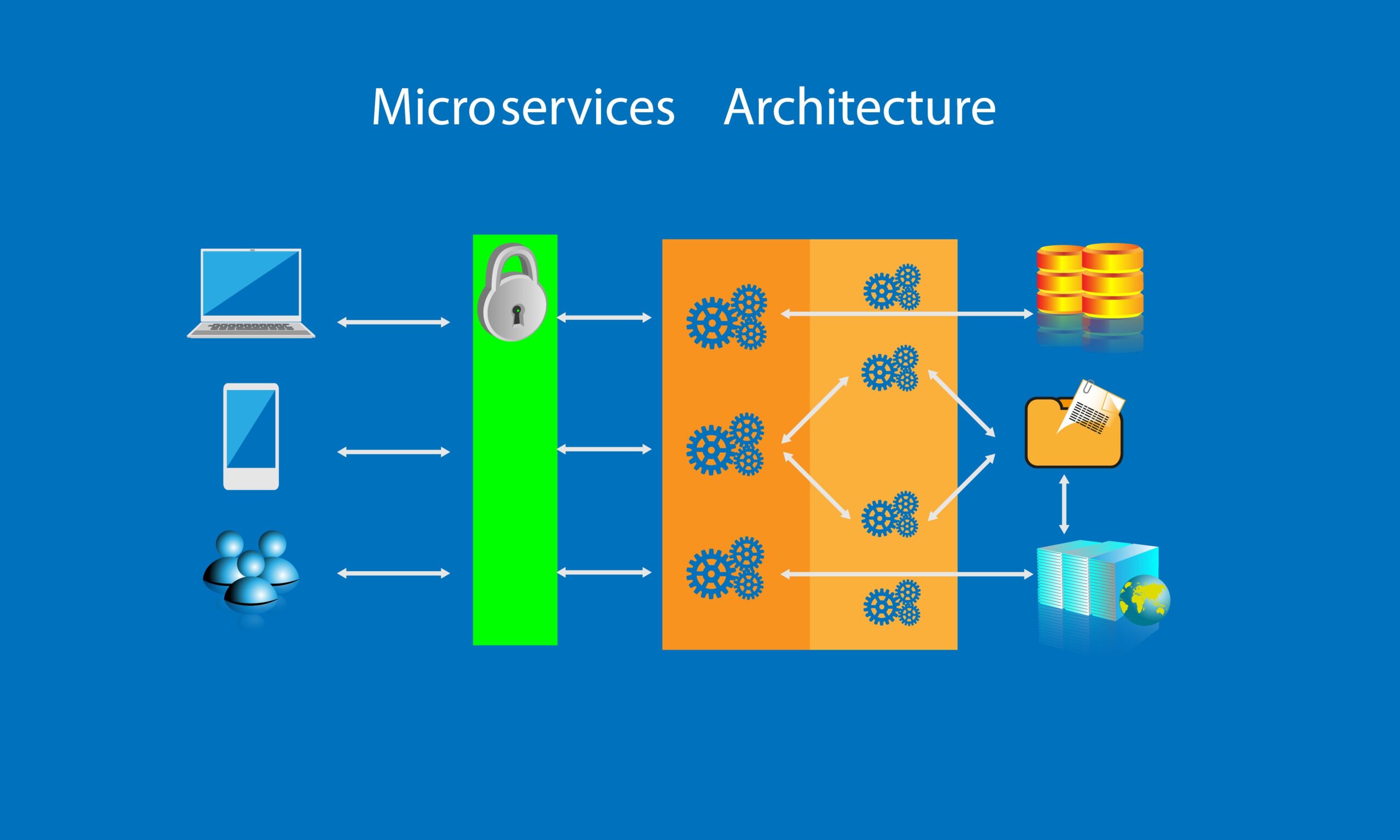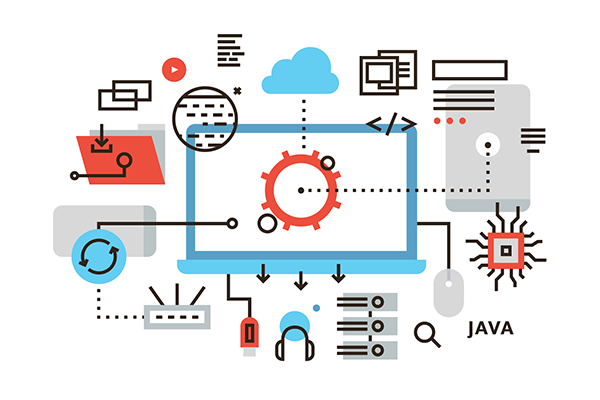Java Microservices: Revolutionizing Enterprise Application Development
In the rapidly evolving world of enterprise application development, Java microservices stand out as a revolutionary paradigm. This architectural style has radically transformed how developers build, deploy, and scale applications, tailoring them to the complex needs of modern businesses. It leverages the robust, versatile nature of Java—a language renowned for its reliability and widespread use across industries.
Here, we dissect the pivotal role of Java microservices in reshaping enterprise application development, backed by technical insights, industry testimonials, and a strong call to action.
The Shift to Microservices Architecture

The traditional monolithic architecture, while straightforward, poses significant limitations in scalability, flexibility, and deployment cycles. It’s here that Java microservices introduce a modular approach. By breaking down applications into smaller, independently deployable services, Java microservices facilitate agile development processes, enabling businesses to adapt swiftly to market changes.
Enhanced Scalability and Agility
Java microservices’ architecture allows specific components of an application to scale independently, catering to the precise needs of each service. This granular scalability ensures efficient resource use, reducing overhead and improving performance.
Streamlined Development and Deployment
Java, with its vast ecosystem and support for microservices frameworks such as Spring Boot and Micronaut, offers developers the tools to streamline the development and deployment processes. These frameworks simplify the creation of lightweight, service-oriented apps, fostering faster development cycles and continuous integration/continuous deployment (CI/CD) practices.
Resilience and Fault Isolation
One of the core advantages of adopting Java microservices is the isolation it offers. In a microservices architecture, a fault in one service doesn’t cripple the entire application. This built-in resilience is crucial for maintaining high availability and ensuring a seamless user experience.
Java Microservices in Various Industries
Leading companies across industries have harnessed the power of Java microservices to achieve remarkable outcomes:
- Global Retail Giants have adopted Java microservices to personalize customer experiences, handling millions of transactions daily with unprecedented efficiency.
- Financial Services Firms leverage this technology to secure transactions and scale their operations, meeting the demand spikes without a hitch.
- Healthcare Providers use Java microservices to streamline patient data management, improving both operational efficiency and patient care.
- Telecommunications Companies rely on Java microservices to manage vast amounts of data from millions of devices, ensuring robustness and scalability in their networks.
- E-commerce Platforms implement Java microservices to offer dynamic, user-friendly shopping experiences, enabling rapid adjustments to market trends and customer preferences.
- Manufacturing and Logistics Providers utilize Java microservices to optimize supply chain operations, achieving real-time tracking and automation of processes for enhanced efficiency and agility.
- Educational Institutions and E-Learning Platforms adopt Java microservices to deliver personalized learning experiences, supporting the distribution of content across various formats and devices, and enabling scalable online education solutions.
These shows the transformative impact of Java microservices on enterprise application development, emphasizing its role in driving innovation and competitive advantage.
Navigating the Transition
Transitioning to a microservices architecture is a strategic decision that requires careful planning and execution. Organizations should consider factors like team structure, culture, and the existing IT infrastructure. Adopting a gradual approach, starting with non-critical services, can pave the way for a smoother transition.
To ensure a successful migration to a Java microservices architecture, organizations are advised to adhere to the following guidelines:
- Conduct a thorough assessment of the current IT infrastructure and applications to identify the most suitable candidates for initial microservices conversion.
- Invest in team education and training to equip your staff with the necessary skills and understanding of microservices principles and practices.
- Adopt DevOps practices, including continuous integration and delivery (CI/CD), to automate deployment processes and enhance collaboration between development and operations teams.
- Implement a robust service discovery and configuration management system to efficiently manage and maintain microservices in production environments.
- Prioritize security by designing microservices with built-in security protocols and conducting regular vulnerability assessments to protect against potential threats.
- Monitor and manage performance using appropriate tools to ensure microservices operate at optimal efficiency and to quickly address any issues that may arise.
By meticulously planning the transition and addressing these critical areas, organizations can mitigate risks, minimize disruption, and maximize the benefits of adopting Java microservices architecture.
The Future of Enterprise Application Development with Java Microservices
As enterprises continue to seek flexibility, efficiency, and innovation in application development, Java microservices architecture will play an increasingly central role. Its benefits in scalability, resilience, and development velocity offer compelling answers to today’s enterprise challenges.
To harness the full potential of Java microservices, partnering with a leader in software development and IT outsourcing can provide the expertise and support needed to navigate this complex landscape. Engaging with a partner that understands the intricacies of Java and microservices is pivotal for maximizing the benefits while mitigating the risks associated with such a transition.
Conclusion
In conclusion, the transition towards a Java microservices architecture represents a strategic maneuver for enterprises aiming to stay ahead in the competitive landscape of digital transformation. This architecture not only enhances scalability and resilience but also significantly accelerates development cycles, empowering organizations to rapidly adapt to market changes and customer needs.
For successful microservices implementation, partner with an experienced software development firm. Java microservices offer agility and efficiency for long-term digital success.
